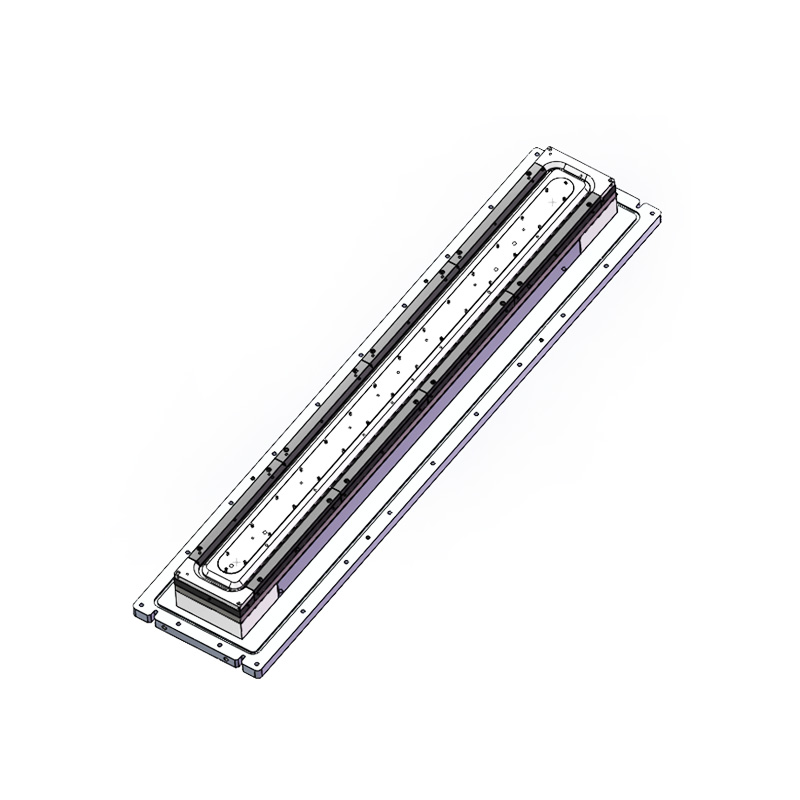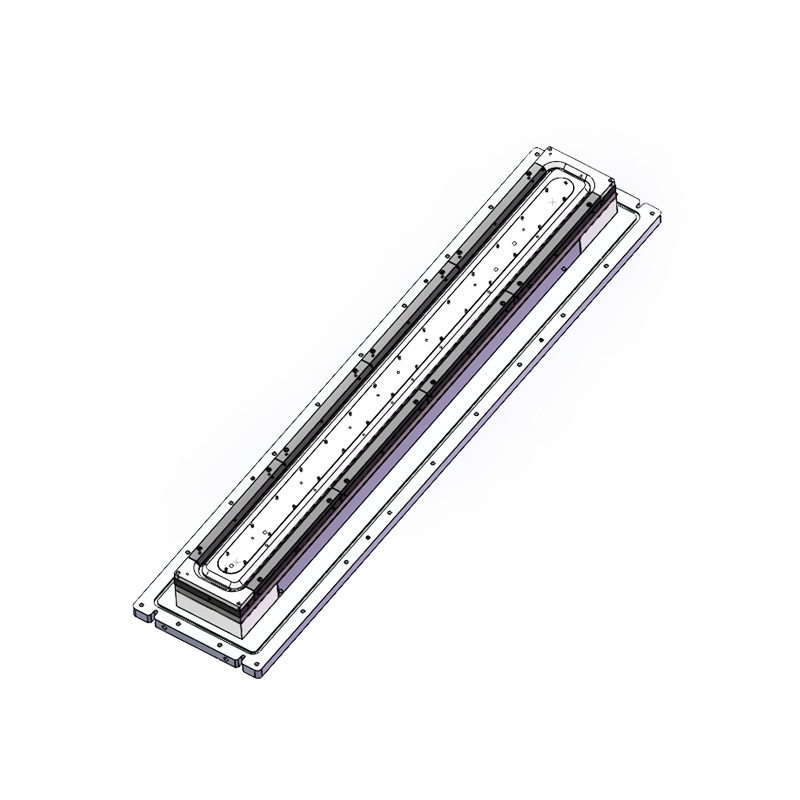Linear Anode Ion Source

1. Principle
According to the theory of linear closed drift in the anode layer, gas passes between the anode and cathode in ions, and the positive voltage of the anode interacts with the strong magnetic field applied between the inner and outer genitals to generate plasma. Ions from the plasma are driven by the anode electric field and generate an ion beam ejected from the ion source.
2. Purpose:
The ion source can be used as a cleaning ion cleaning source for the substrate surface.
The Ion sources can directly deposit DLC and optical films, oxides, nitrides, etc. on flexible substrates as ion assisted deposition in magnetron sputtering processes.
3. Characteristics
Low pressure, low voltage, high beam current. The low-energy, high beam ion beam generated by the anode membrane ion source can effectively remove organic pollutants and oxide layers on the surface of the substrate, increase the adhesion of the film, and avoid damage to the substrate during bombardment (such as flat panel display coating and flexible substrate coating).
No filament, grid and neutral grid, capable of long-term stable operation and production. Extremely high mean time to failure and extreme maintenance costs. Due to the fact that the anode membrane ion source does not require an electron neutralizer such as a filament or hollow cathode, and is completely water-cooled, its temperature change in the coating environment is minimal. This feature is very advantageous for the coating of temperature sensitive substrates. Similarly, without an electronic neutralizer, it can operate without maintenance for a long time.
The ion source can adapt to various reaction gases and inert gases. The structure and material composition of the anode membrane ion source enable it to fully adapt to the majority of reaction gases, such as nitrogen, oxygen, and methane.
The length of the ion source can be manufactured according to user needs.

